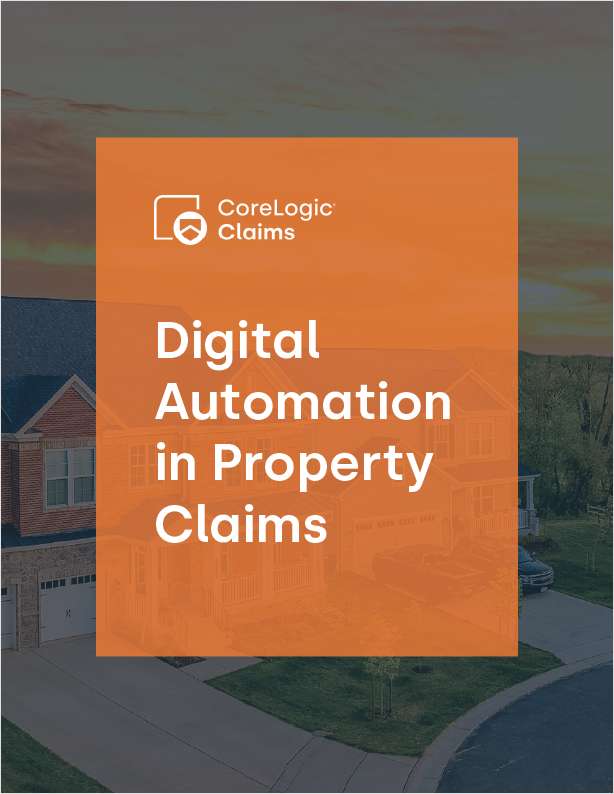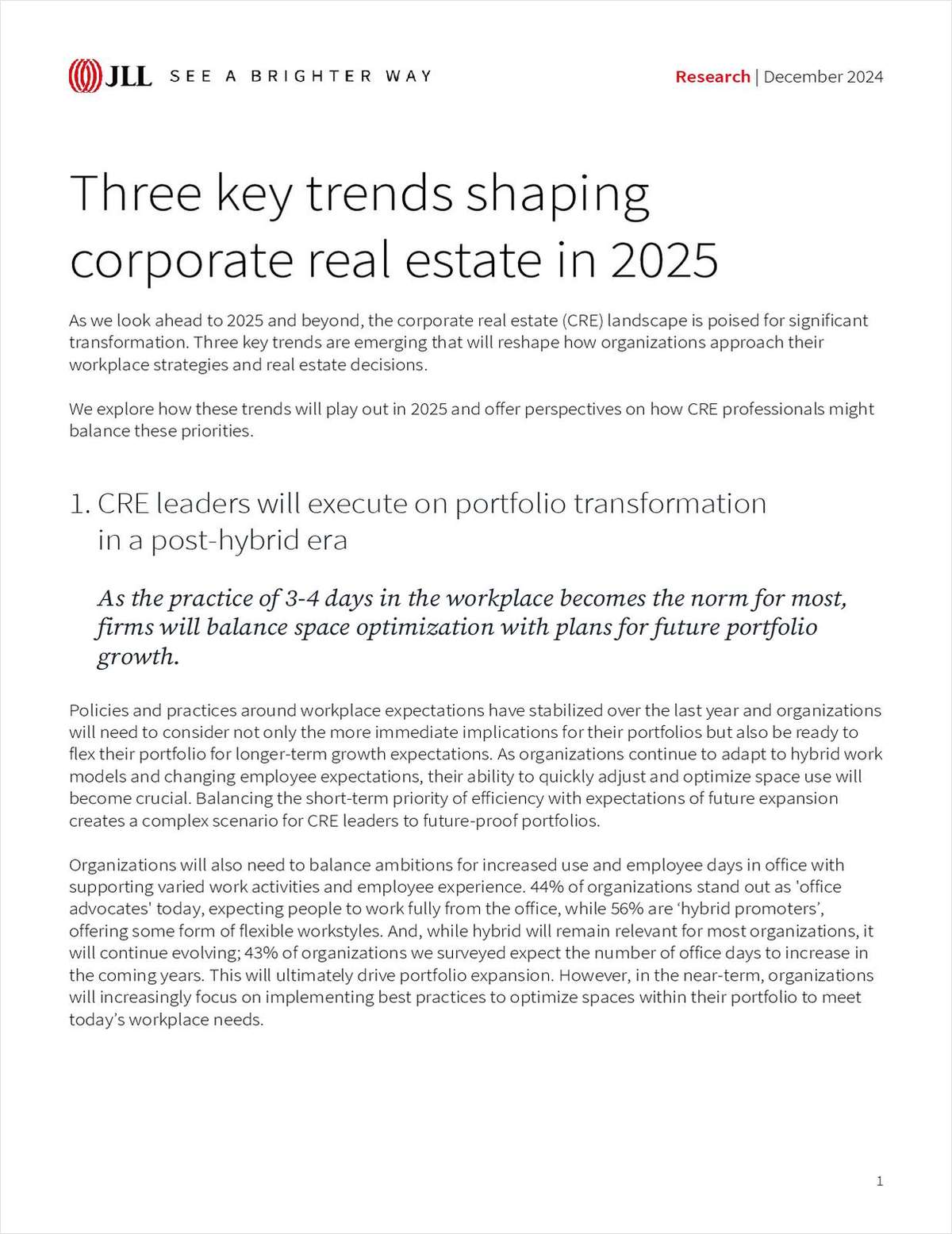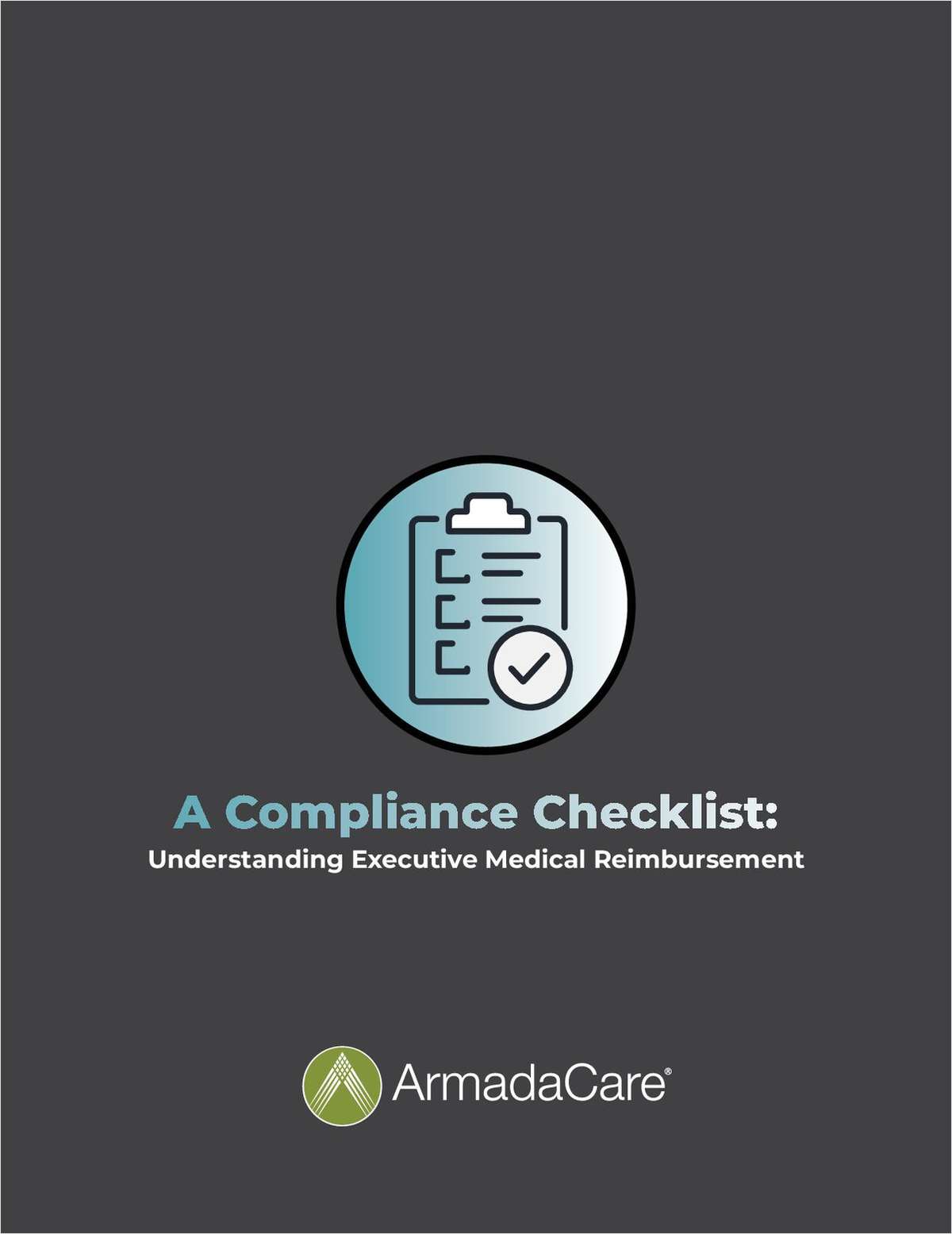Connecticut Supreme Court Takes Key Pro-Policyholder Views on Asbestos Coverage
Vanderbilt filed a declaratory judgment action against several defendant insurance companies to settle insurance coverage disputes alleging injuries from exposure to industrial talc containing asbestos.
December 04, 2019 at 06:12 PM
11 minute read
 Connecticut Supreme Court in Hartford.
Connecticut Supreme Court in Hartford.
In early October the Connecticut Supreme Court decided RT Vanderbilt v. Hartford Accident & Indemnity, definitively ruling on three important issues regarding insurance coverage for asbestos liabilities. Two of those rulings—the adoption of the "continuous trigger" doctrine and recognition of the "unavailability rule"—aligned Connecticut with the majority of jurisdictions that have considered these issues. The third ruling concerned pollution exclusions. The court held that none of the pollution exclusion clauses in the triggered policies applied so as to bar coverage outside the context of "traditional" environmental pollution—that is, the exclusion did not apply to losses stemming from smaller-scale, indoor release of toxic substances stemming from ordinary use.
The Supreme Court affirmed the judgment of the Appellate Court and adopted much of the Appellate Court's 100-plus-page decision, noting that the "thorough and well reasoned opinion more than sufficiently addresses these certified issues, and there is no need for us to repeat the discussion contained therein." The Appellate Court's robust discussion of these questions, endorsed by the Supreme Court, offers a rich resource for practitioners confronting the more nuanced, unsettled questions in this constantly evolving area of law.
Plaintiff RT Vanderbilt Company Inc. filed a declaratory judgment action against several defendant insurance companies to settle insurance coverage disputes arising from alleged injuries from exposure to industrial talc containing asbestos that Vanderbilt mined and sold from 1948 to 2008. Throughout the litigation, Vanderbilt maintained that its industrial talc did not contain asbestos.
The court prefaced its opinion by "recogni[zing] that the unique logistical, jurisprudential, and financial challenges posed by asbestos litigation require that courts adopt rules that, while principled and fair, also are pragmatic and easily administered." With that guidepost, the court methodically addressed the issues before it, including: (1) the proper trigger of coverage for asbestos claims; (2) the proper allocation methodology for periods when asbestos coverage was unavailable in the marketplace; and (3) the proper application of the policies' "pollution exclusions" with respect to asbestos claims.
Trigger of Coverage
An initial step in determining how asbestos liability should be allocated to insurance policies is to identify the events that "trigger" an insurance company's defense and indemnification obligations. In an "occurrence-based" policy (as opposed to a "claims-made" policy), a policy is "triggered" if it is in effect when the bodily injury or property damage occurred. Though often straightforward, the trigger of coverage inquiry ranks among the more hotly contested—and fiercely litigated—coverage issues when it arises in the context of long-tail, progressive disease claims.
In analyzing this issue, courts have employed several different trigger theories. These theories include: exposure theory, under which all policies in effect during exposure to injurious or harmful conditions are triggered; manifestation theory, under which policies in effect when the injury or damage is discovered or manifests itself are triggered; injury-in-fact theory, under which policies in effect during the time the injury or damage is shown to have actually taken place are triggered; and the more expansive continuous trigger theory, under which every policy in effect from the date of exposure to the date of manifestation qualifies as a triggered policy.
Consistent with the majority of jurisdictions, the RT Vanderbilt court selected the continuous trigger theory to govern long-tail asbestos claims in Connecticut. The court raised three central reasons that support the application of the continuous trigger theory to "extended latency, progressive disease claims": (1) the theory is most compatible with the prevailing understanding of asbestos related disease; (2) it likewise accounts for what is unknown about asbestos related disease; and (3) it provides the "fairest and most efficient way to distribute indemnity and defense costs among the various policies in effect over the course of … [the] claim."
Specifically, the continuous trigger theory optimizes the total resources available for recovery and "minimizes the likelihood that any one insurer will be forced to shoulder the full expense for injuries that may have predominantly occurred either long before or long after its policy was in effect." The continuous trigger theory thus addresses not only the medical realities of asbestos-related disease, but also the issues that arise from the resulting multi-claimant litigation.
The Unavailability Rule
Having settled the trigger of coverage dispute, the court waded into another issue of first impression in Connecticut: how should risk be allocated for periods in the coverage block when coverage was unavailable on the market?
In Security Insurance Co. of Hartford v. Lumbermens Mutual Casualty, the Connecticut Supreme Court adopted a pro rata allocation method for adjudicating long latency loss claims involving multiple insurance policies. Under the pro rata approach, defense and indemnity costs are allocated among insurance companies on the basis of their time on the risk. Under this approach, such costs would prorate to the policyholder during any period when the policyholder chose to go uninsured.
The pro rata approach left open the question of how to allocate the period after 1985 when insurance coverage for third-party asbestos claims largely disappeared from the market. Insurance companies championed the continued application of the current rule: holding policyholders liable for costs attributed to long-tail losses occurring during uninsured periods, without regard to the availability of such coverage. Policyholders, on the other hand, advocated for a revision—a pro rata approach that limited the coverage block to periods based on the availability of coverage with a hard cut-off in 1985, coined the "unavailability rule."
A majority of jurisdictions that have adopted a pro rata, time-on-the-risk allocation scheme recognize the unavailability rule. Expanding the group to include jurisdictions that follow the "all sums" approach to allocation, whereby a policyholder can seek full recovery from any insurance company whose policy is triggered, a vast majority of states do not hold a policyholder accountable for a pro rata share of long-tail losses that occur during periods when insurance is unavailable.
A primary rationale in favor of the unavailability rule is that "the justifications that support prorating costs to a policyholder during periods of self-insurance or underinsurance simply do not apply when insurance is not commercially available." These justifications include the policyholders' conscious election to assume a share of the risk, the "undeserved windfall" that policyholders would receive if they benefit from coverage they "deliberately declined to purchase," and the belief that proration incentivizes policyholders to consistently maintain adequate insurance coverage, netting "socially desirable benefits" (i.e., spreading risk, maximizing resources, and ensuring no single policy or insurance company is forced "to shoulder a disproportionate share" of a long-tail injury).
The counterargument is that "each insurer contracts to pay only for those losses that occur during its policy period and that the [unavailability] rule improperly allocates to insurers costs attributable to losses arising during the uninsured years, for which the insurers have received no premiums." In support, the RT Vanderbilt defendants relied on the Connecticut Supreme Court's reasoning in Security that "neither the insurers nor the insured could reasonably have expected that the insurers would be liable for losses occurring in periods outside of their respective policy coverage periods."
But the court was quick to distinguish Security as a case where insurance coverage was "readily available," and declined to apply it outside of that context. Further, the court noted that progressive, long latency injuries (like asbestos-related diseases) are "indivisible and cumulative," and therefore fundamentally different from traditional accidents.
Framing its own approach to the question of how to allocate uninsurable portions of the allocation block, the court stated: "To our minds, the question … is not so much one of fairness, but rather, of which party should bear the risk that the insurance pool will be terminated if substantial new long-tail risks are identified after significant liabilities already have accrued." The court offered four commonly-cited reasons why it is "more efficient and reasonable for such risks to be borne by the insurers rather than the policyholder":
- The unavailability rule maximizes resources available to respond to the "multitude of claims facing Vanderbilt and others similarly situated."
- Because the rule precludes insurance companies from bailing mid-course by simply dropping coverage, the rule incentivizes insurance companies to "identify and investigate previously unknown risks."
- The rule comports with reasonable expectations of the policyholder that "a comprehensive general liability policy will provide full coverage, up to the policy limits, not only for known risks but also for newly recognized long latency injuries."
- Insurance companies have "better ability to manage this sort of risk" because unlike the policyholder, insurance companies have agency to "accept, pool, and spread the risk, pricing coverage accordingly."
The court stressed that "virtually every method of allocating long-tail tort liabilities will at times result in apparent inequities of one sort or another," reasoning for example that jurisdictions applying an exposure trigger would place greater burden on insurance companies that provided coverage in early years, while in manifestation trigger jurisdictions, later insurance companies would bear the heavier burden. Additionally, the court noted that in Connecticut, the insurance industry already benefits from a pro rata system instead of the policyholder-friendly all sums approach. Thus, "at worst, the liabilities of any particular insurer will be no greater than they would be in an all sums jurisdiction."
The court concluded that its chosen allocation system—"pro rata, time-on-the-risk, employing a continuous trigger and an unavailability rule"—equitably distributes the burdens and maximizes the resources available to respond to claims while minimizing administrative hassles and transaction costs.
Pollution Exclusions
Lastly, the court considered whether the pollution exclusions contained in most of Vanderbilt's policies after 1970, which exclude coverage for "bodily injury or property damage resulting from the release of pollutants," effectively bar coverage for the underlying asbestos claims. Vanderbilt contended that the pollution exclusions only apply to "traditional" environmental pollution and did not bar coverage for asbestos related claims.
Acknowledging that this was yet another question of first impression for Connecticut—and "a close one, over which … courts are sharply divided"—the court conducted a painstaking analysis of the plain language of the pollution exclusion. The court examined both the ordinary meaning of the contract language and its technical meaning derived from relevant statutes and regulations and gave due consideration to other courts' legal conclusions regarding similar policy language. Additionally, the court considered the drafting history and purpose of the pollution exclusion and determined that the insurance industry drafted the pollution exclusion to address new liabilities that had arisen in conjunction with the advent of the modern environmental regulatory system in the 1960s.
This comprehensive and rigorous analysis ultimately led the court to conclude that the pollution exclusions only bar coverage where the claims arise from exposure to traditional environmental pollution. Accordingly, the pollution exclusions did not preclude coverage for "claims arising from exposure to toxic substances such as asbestos in indoor environments and/or in the course of their intended use."
Looking Ahead
Several other state courts have recently addressed similar issues regarding trigger, allocation and unavailability of insurance for asbestos claims. In Continental Insurance v. Honeywell International, the New Jersey Supreme Court affirmed its longstanding application of the continuous trigger allocation method and the related unavailability rule, and declined to recognize an equitable exception that would hold policyholders accountable for post-coverage conduct. Conversely, the New York Court of Appeals recently reversed decades of law on the unavailability rule in its Keyspan decision. However, New York also opened the door for the "all sums" allocation methodology where insurance policies contain either "non-cumulation" or "continuing coverage" clauses. Because an "all sums" approach mandates joint and several insurance company liability, it effectively renders the "unavailability rule" moot.
Maryland's high court may be next to address the issue of allocation in the context of asbestos claims, as the court heard arguments in early November in Rossello v. Zurich American Insurance. It is critical for policyholders to be aware of developments in these cases, as they continue to shape the battleground over insurance coverage for long-tail asbestos liabilities.
Cort T. Malone is a shareholder in the New York and Stamford offices of Anderson Kill and a member of the firm's insurance recovery group. Maria Brinkmann is an attorney in the firm's New York office and also a member of the insurance recovery group.
This content has been archived. It is available through our partners, LexisNexis® and Bloomberg Law.
To view this content, please continue to their sites.
Not a Lexis Subscriber?
Subscribe Now
Not a Bloomberg Law Subscriber?
Subscribe Now
NOT FOR REPRINT
© 2025 ALM Global, LLC, All Rights Reserved. Request academic re-use from www.copyright.com. All other uses, submit a request to [email protected]. For more information visit Asset & Logo Licensing.
You Might Like
View All
DeepSeek Isn’t Yet Impacting Legal Tech Development. But That Could Soon Change.
6 minute read
After Shutting USAID, Trump Eyes Department of Education, CFPB


Trump Administration Faces Legal Challenge Over EO Impacting Federal Workers
3 minute readLaw Firms Mentioned
Trending Stories
- 1ACC CLO Survey Waves Warning Flags for Boards
- 2States Accuse Trump of Thwarting Court's Funding Restoration Order
- 3Microsoft Becomes Latest Tech Company to Face Claims of Stealing Marketing Commissions From Influencers
- 4Coral Gables Attorney Busted for Stalking Lawyer
- 5Trump's DOJ Delays Releasing Jan. 6 FBI Agents List Under Consent Order
Who Got The Work
J. Brugh Lower of Gibbons has entered an appearance for industrial equipment supplier Devco Corporation in a pending trademark infringement lawsuit. The suit, accusing the defendant of selling knock-off Graco products, was filed Dec. 18 in New Jersey District Court by Rivkin Radler on behalf of Graco Inc. and Graco Minnesota. The case, assigned to U.S. District Judge Zahid N. Quraishi, is 3:24-cv-11294, Graco Inc. et al v. Devco Corporation.
Who Got The Work
Rebecca Maller-Stein and Kent A. Yalowitz of Arnold & Porter Kaye Scholer have entered their appearances for Hanaco Venture Capital and its executives, Lior Prosor and David Frankel, in a pending securities lawsuit. The action, filed on Dec. 24 in New York Southern District Court by Zell, Aron & Co. on behalf of Goldeneye Advisors, accuses the defendants of negligently and fraudulently managing the plaintiff's $1 million investment. The case, assigned to U.S. District Judge Vernon S. Broderick, is 1:24-cv-09918, Goldeneye Advisors, LLC v. Hanaco Venture Capital, Ltd. et al.
Who Got The Work
Attorneys from A&O Shearman has stepped in as defense counsel for Toronto-Dominion Bank and other defendants in a pending securities class action. The suit, filed Dec. 11 in New York Southern District Court by Bleichmar Fonti & Auld, accuses the defendants of concealing the bank's 'pervasive' deficiencies in regards to its compliance with the Bank Secrecy Act and the quality of its anti-money laundering controls. The case, assigned to U.S. District Judge Arun Subramanian, is 1:24-cv-09445, Gonzalez v. The Toronto-Dominion Bank et al.
Who Got The Work
Crown Castle International, a Pennsylvania company providing shared communications infrastructure, has turned to Luke D. Wolf of Gordon Rees Scully Mansukhani to fend off a pending breach-of-contract lawsuit. The court action, filed Nov. 25 in Michigan Eastern District Court by Hooper Hathaway PC on behalf of The Town Residences LLC, accuses Crown Castle of failing to transfer approximately $30,000 in utility payments from T-Mobile in breach of a roof-top lease and assignment agreement. The case, assigned to U.S. District Judge Susan K. Declercq, is 2:24-cv-13131, The Town Residences LLC v. T-Mobile US, Inc. et al.
Who Got The Work
Wilfred P. Coronato and Daniel M. Schwartz of McCarter & English have stepped in as defense counsel to Electrolux Home Products Inc. in a pending product liability lawsuit. The court action, filed Nov. 26 in New York Eastern District Court by Poulos Lopiccolo PC and Nagel Rice LLP on behalf of David Stern, alleges that the defendant's refrigerators’ drawers and shelving repeatedly break and fall apart within months after purchase. The case, assigned to U.S. District Judge Joan M. Azrack, is 2:24-cv-08204, Stern v. Electrolux Home Products, Inc.
Featured Firms
Law Offices of Gary Martin Hays & Associates, P.C.
(470) 294-1674
Law Offices of Mark E. Salomone
(857) 444-6468
Smith & Hassler
(713) 739-1250










